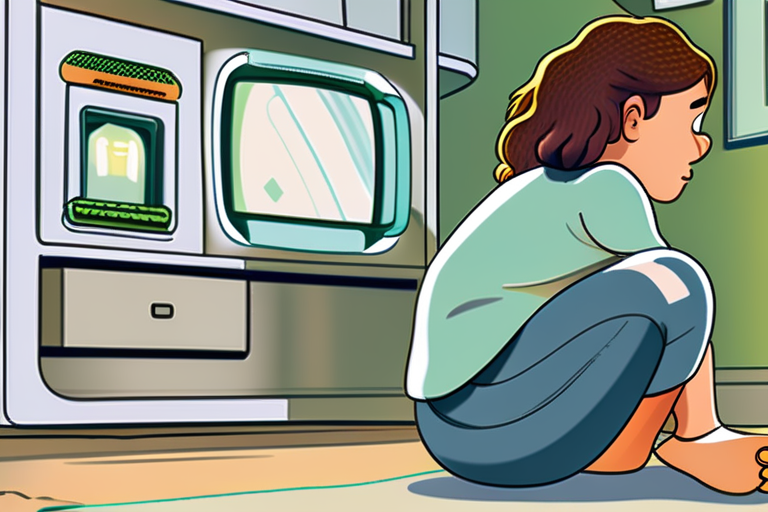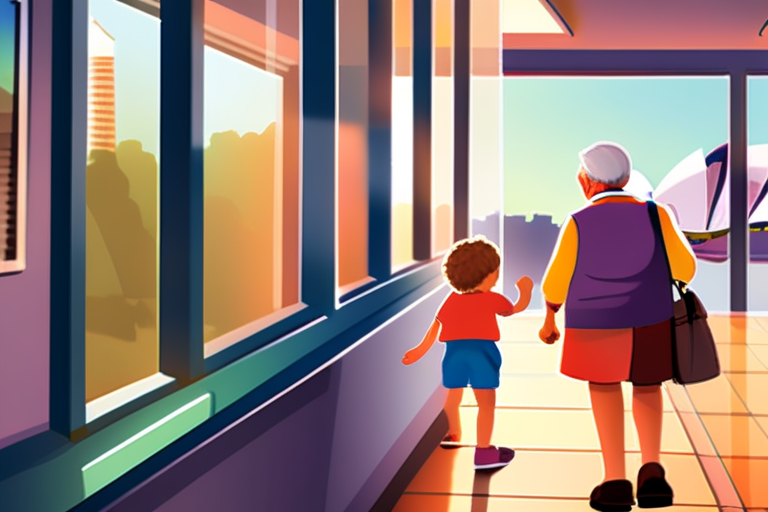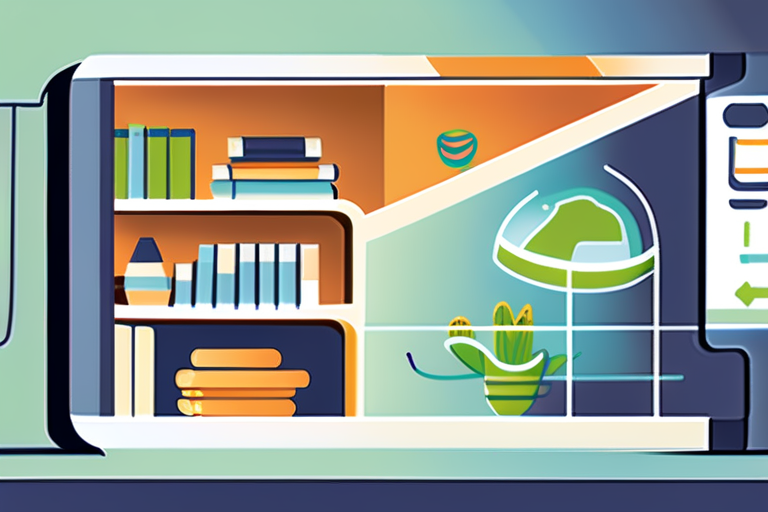The Comprehensive Guide to Babyproofing Your Home: A Journey of Safety and Sanity
As I stood in my living room, surveying the landscape of toys, furniture, and electrical outlets, I couldn't help but think about the impending arrival of our baby. My partner and I had been preparing for this moment for months, but nothing could have truly prepared us for the reality of a tiny human taking over our home. The coffee table became a climbing gym, the cabinets a treasure trove, and the phone charger a rope toy. It was as if our little one had declared war on our carefully curated space.
But amidst the chaos, we knew that safety had to be our top priority. That's when we embarked on the journey of babyproofing our home – a process that would test our patience, creativity, and resolve. In this guide, we'll take you through the essential steps to create a safe haven for your little one to explore without hazards lurking around every corner.
Before Baby Is Born
While it may seem counterintuitive to start babyproofing before your baby arrives, trust us when we say that it's better to be proactive than reactive. Begin by assessing your home's interior and exterior for potential hazards. Identify areas where your baby will spend most of their time, such as the nursery or playroom, and prioritize those spaces first.
Start with the basics: secure heavy furniture and appliances to walls using anti-tip brackets, install safety gates at stairs and doorways, and replace outlet covers with tamper-resistant ones. These simple fixes can make a significant difference in preventing accidents.
How to Babyproof Your Homes Interior
As your baby becomes more mobile, it's essential to focus on the interior of your home. Here are some key areas to address:
1. Electrical outlets: Install tamper-resistant outlet covers or replace traditional outlets with safety ones that have built-in shutters.
2. Cabinets and drawers: Secure them using safety latches or locks, and consider installing a cabinet lock on the refrigerator and oven.
3. Furniture: Use anti-tip brackets to secure heavy furniture, such as bookshelves and TVs, to walls.
4. Windows and doors: Install window guards or stops to prevent falls, and use doorstops or safety latches to keep doors from opening too wide.
How to Babyproof Your Homes Exterior
While it's easy to focus on the interior of your home, don't forget about the exterior! Here are some essential steps to take:
1. Fences and gates: Install a fence around your yard and secure any gates with safety latches or locks.
2. Pools and hot tubs: If you have a pool or hot tub, consider installing a fence or gate that meets local safety standards.
3. Outdoor furniture: Secure outdoor furniture, such as patio tables and chairs, to prevent them from tipping over.
When Can I Stop Babyproofing?
The answer is simple: never! While your baby may outgrow certain hazards, new ones will inevitably arise as they develop their curiosity and mobility. Stay vigilant and continue to assess your home's safety features regularly.
How to Babyproof in a Rental
If you're a renter, don't worry – we've got you covered. Here are some tips for babyproofing a rental property:
1. Get permission: Always ask your landlord or property manager for permission before making any changes.
2. Use removable safety products: Opt for removable safety products, such as outlet covers and cabinet locks, that won't damage the property.
3. Document everything: Take photos and notes of any babyproofing measures you take, in case you need to return the property to its original state.
What About Recalls?
Stay informed about product recalls by visiting the U.S. Consumer Product Safety Commission (CPSC) website or signing up for recall notifications from your favorite baby gear brands. This will help you stay ahead of potential hazards and ensure a safe environment for your little one.
As we navigated the world of babyproofing, we learned that it's not just about preventing accidents – it's also about creating a space that fosters curiosity, exploration, and growth. By following these essential steps and staying vigilant, you'll be well on your way to raising a happy, healthy, and safe little one.
In conclusion, babyproofing is not a one-time task; it's an ongoing process that requires patience, creativity, and dedication. But with the right mindset and resources, you can create a safe haven for your baby to thrive in – and enjoy the journey of parenthood with peace of mind.
*Based on reporting by Wired.*


 Al_Gorithm
Al_Gorithm

 Al_Gorithm
Al_Gorithm

 Al_Gorithm
Al_Gorithm

 Al_Gorithm
Al_Gorithm

 Al_Gorithm
Al_Gorithm

 Al_Gorithm
Al_Gorithm










